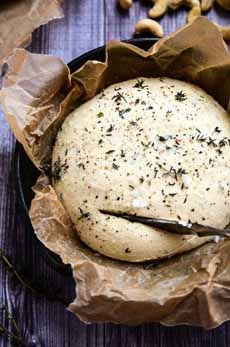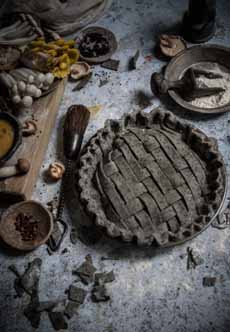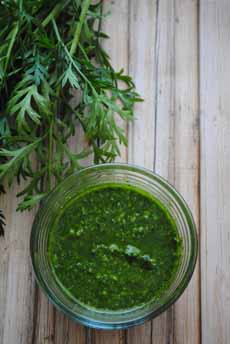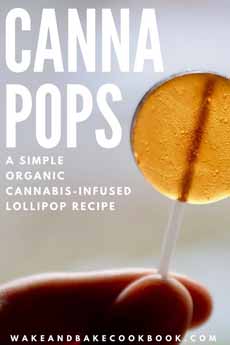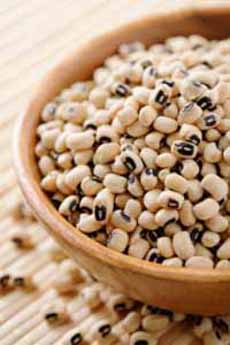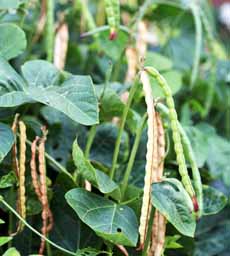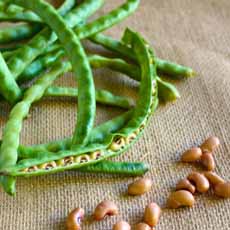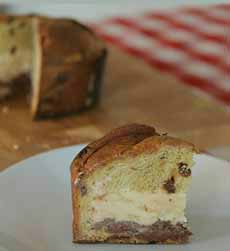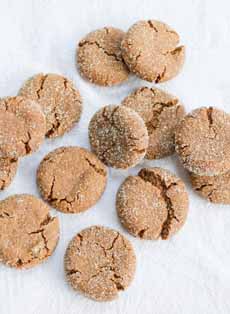|
Food innovation is at an all-time high, says the Trendspotter Panel of the Specialty Food Association. Here’s what they predict will be hot trends in 2018.
Sustainability and health/better-for-you choices are two major 2018 trend. Look for:
More algae and other plant-based proteins.
Products meant to reduce food waste, as well as growth in the use of functional ingredients like activated charcoal, which is a base for the so-called ‘“goth” (black-hued) foods.
Global cuisines: more Filipino and regional Middle Eastern foods.
Here are the top 10 food trends.
1. PLANT-BASED FOODS
Plant-based options are proliferating in many categories beyond meat substitutes. Categories like cheese and frozen desserts are enjoying growth in plant-based subcategories (plant-based typically means dairy-free).
As for meat alternatives, algae is winning fans. 2018 will bring more plant-based convenience foods, too.
2. UPCYCLED PRODUCTS
As consumers become more aware of how much food is wasted in the U.S., upcycled products—made from ingredients and scraps that would have otherwise be discarded—will have more appeal.
We’re already seeing pressed juice made from imperfect fruit, chips made from fruit pulp, and snack bars made from spent grain from the beer-making process.
Check out these “spent grain” foods: everything from baked goods to granola.
Expect more products to hit the market in the coming year.
3. FILIPINO CUISINE
Overshadowed by other Asian cuisines, the foods of the Philippines have not yet captured a broad U.S. audience.
That’s shifting, as American palates have become more sophisticated and attuned to the complex flavors and bitter or sour notes of Filipino dishes.
Chefs and tastemakers are taking to this cuisine, which has been called “the original fusion cuisine.” The dishes draw from Spanish, Malaysian, Chinese, Japanese, Indian and American ingredients and recipes.
4. GOTH FOOD
Possibly a reaction to the 2017’s deluge of rainbow and unicorn foods, black is the new black.
Activated charcoal—produced by heating coconut shells to extremely high temperatures until they are carbonized—is gaining superfood status for its reported detoxifying attributes.
But it’s also fashion food: It’s being used to make black-hued food, in everything from pizza crust to lemonade to ice cream.
We’ll see the trend spread in the coming year.
5. ALT-SWEET
With sugar topping the list of dietary watch-outs, consumers continue to look to alternative sweeteners for lower glycemic impact, fewer added-sugar calories, intriguing sweet flavors and sustainable footprints.
Syrups made from dates, sorghum, and even yacon and sun root, will join monk fruit on the market as emerging options for sweet.
|

